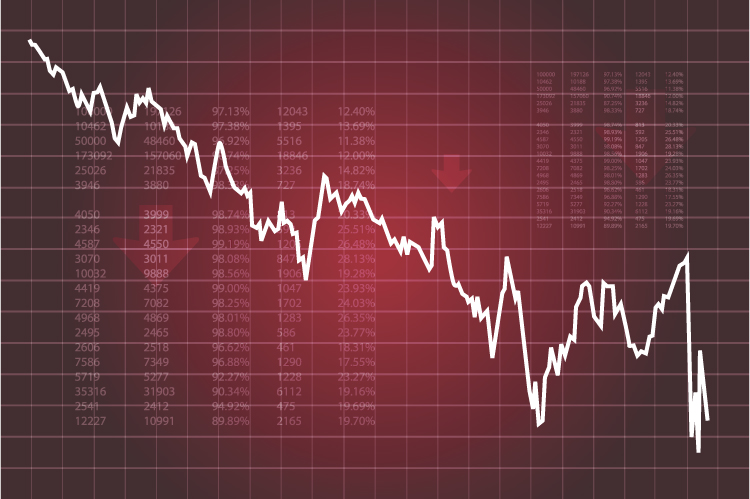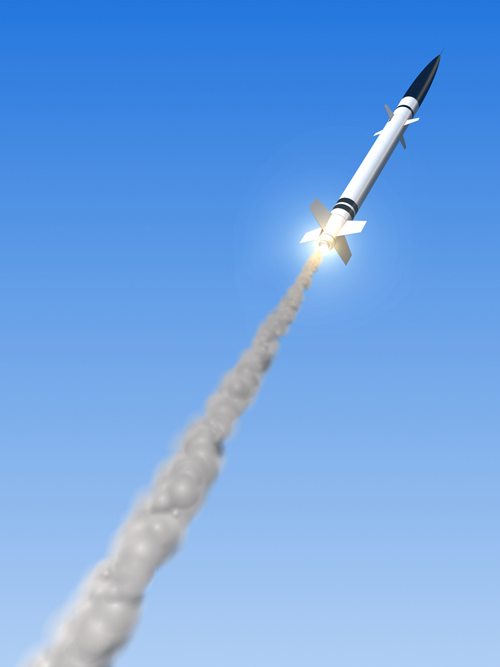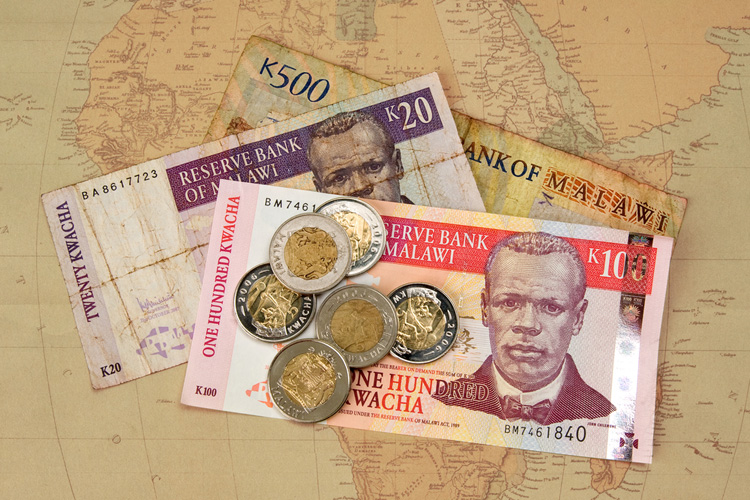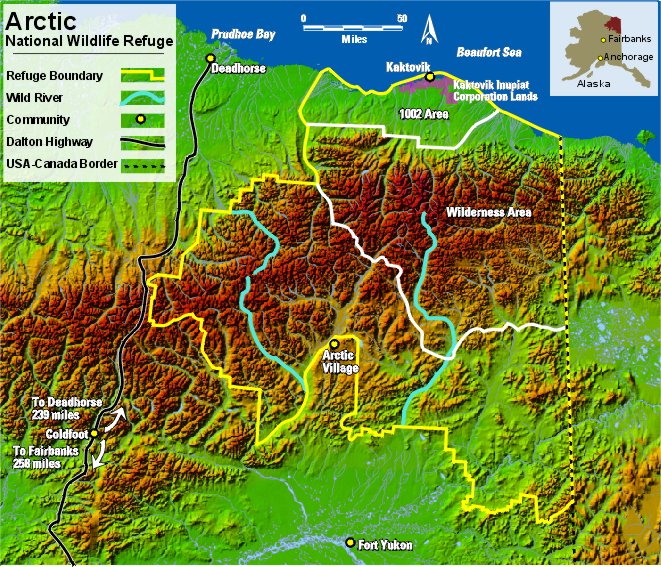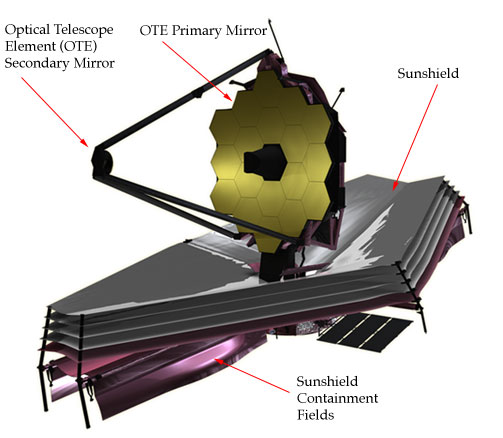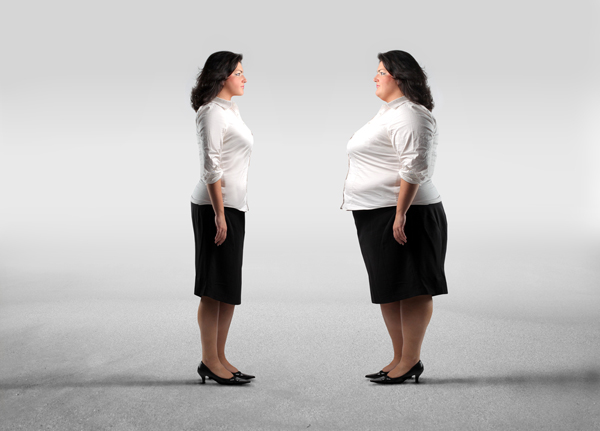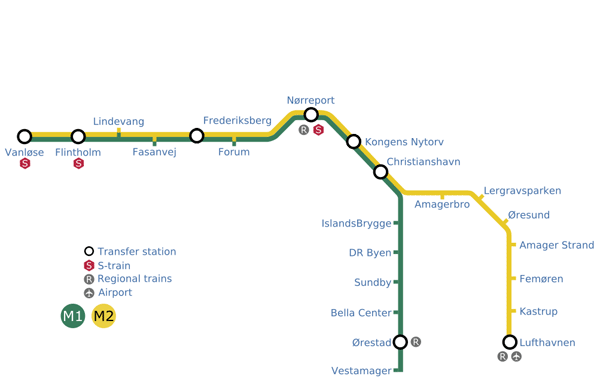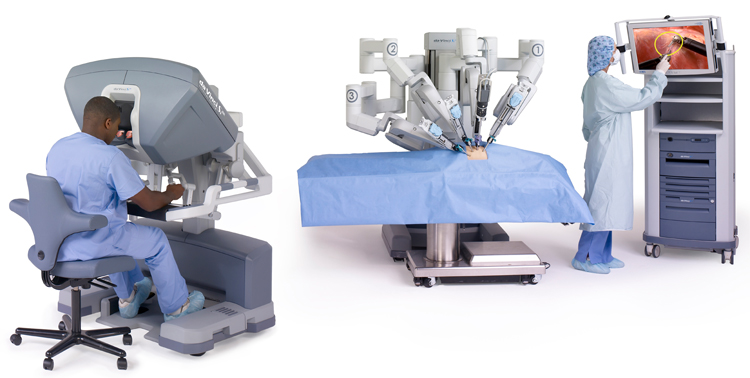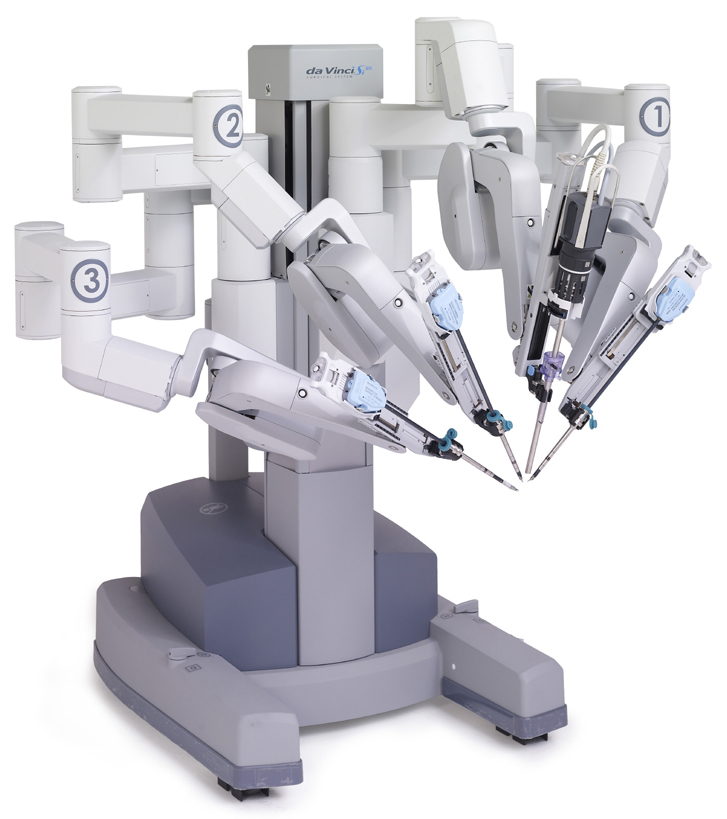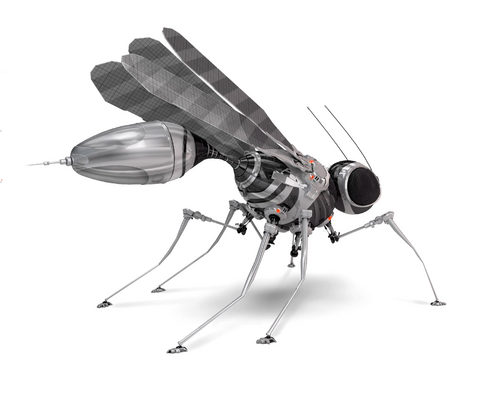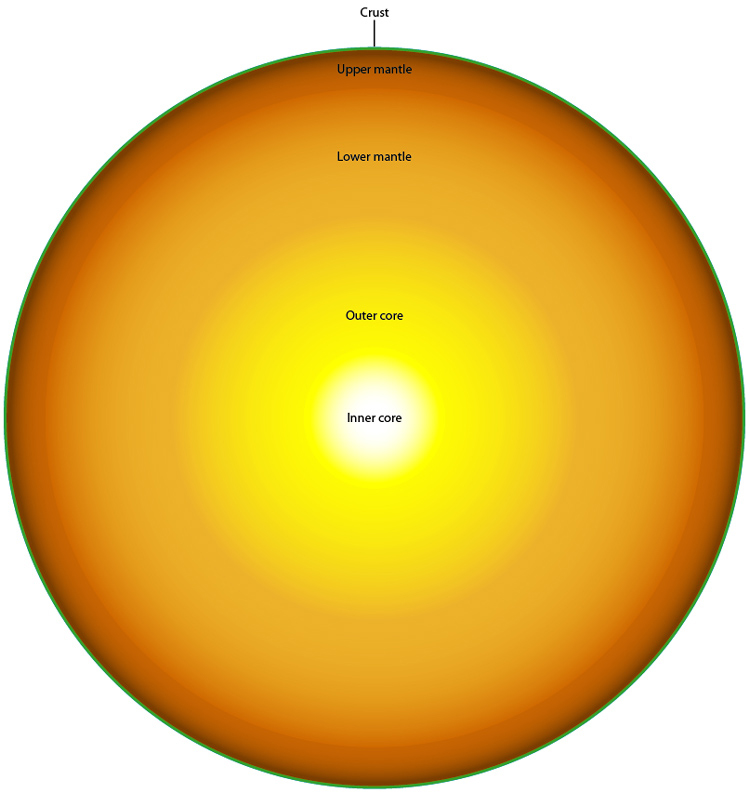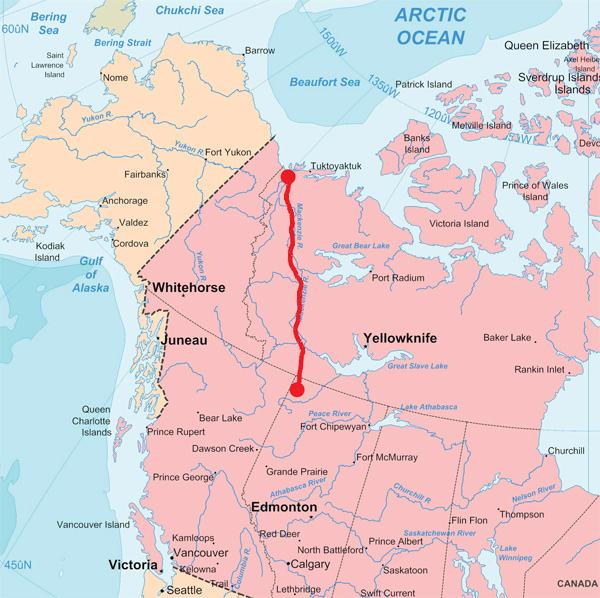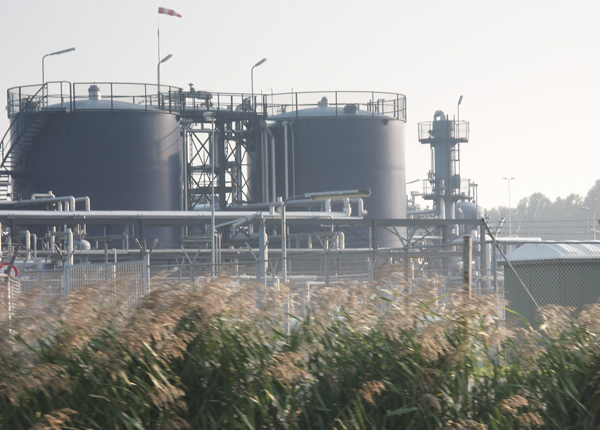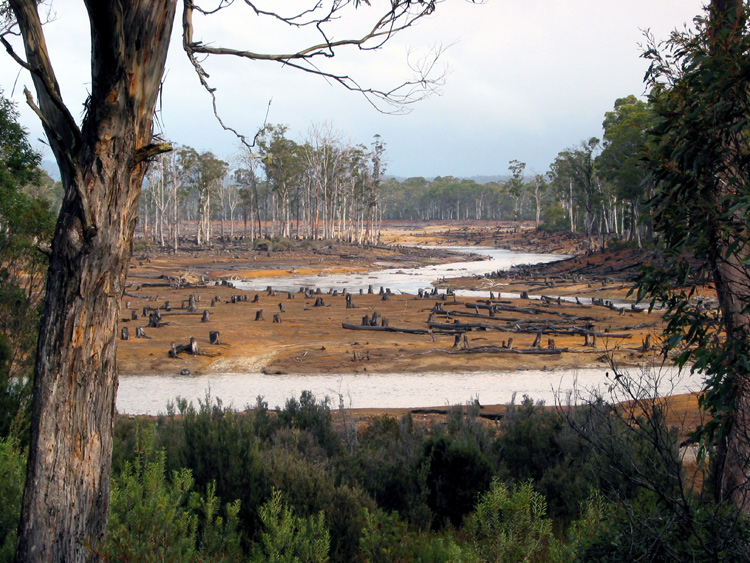2019
China's first high-tech stealth fighter enters service
Entering service this year is the Chengdu J-20 (literally, "Annihilator Twenty"), a fifth generation stealth fighter jet developed for the People's Liberation Army Air Force.* Until now, the United States was the only country to operate a stealth fighter; in its case, the Lockheed Martin F-22 Raptor, which is slightly smaller than the J-20.
Though it has slightly less agility and speed than the F-22, the J-20 has a longer range and nevertheless acts as a formidable addition to the Chinese air force. It is built using several Russian components and is believed to be designed using certain Russian plans. Armaments include both long and short range air-to-air missiles together with lateral weapons bays.
The avionics and navigation technology is highly advanced, and regarded with secrecy by the Chinese government. This has raised suspicions of cyber-espionage, as the Chinese program bears a number of striking resemblances to the American F-35 Lightning II. Investigations point to leaks from government contract firms. The affair leads to a period of tense international relations between the two superpowers. The J-20 meanwhile acts as another milestone in China's march towards an ever larger and more high-tech military force.*
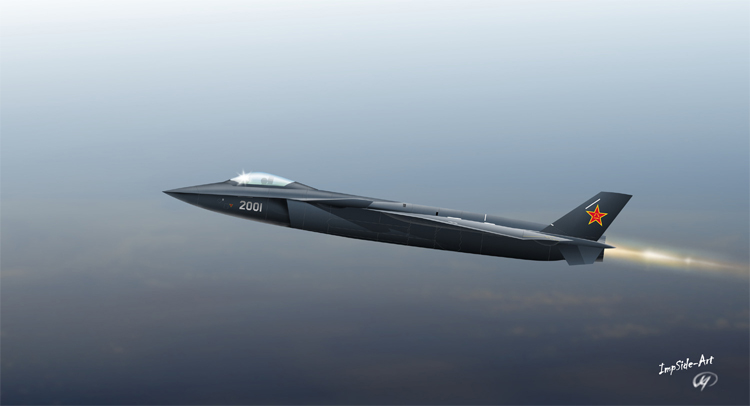
Credit: Alexandr Chechin
The ITER experimental fusion reactor is switched on
Human-engineered fusion has already been demonstrated on a small scale. The problem has been finding ways of scaling it up to commercial levels in an efficient, economical, and environmentally benign way.
ITER - previously known as the International Thermonuclear Experimental Reactor - aims to be the first project to achieve this. Built in southern France at a cost of €20 billion, it has taken over a decade to construct and is one of the largest scientific projects ever undertaken, second only to the International Space Station. This joint research experiment is funded by the US, EU, Japan, Russia, China, India and South Korea.
To demonstrate net fusion power on a large scale, the reactor must simulate the conditions at the heart of the Sun. For this, it uses a magnetic confinement device called a tokamak. This doughnut-shaped vacuum chamber generates a powerful magnetic field that prevents heat from touching the reactor's walls. Tiny quantities of fuel are injected into and trapped within the chamber. Here they are heated to 100 million degrees, forming a plasma. At such high temperatures, the light atomic nuclei of hydrogen become fused together, creating heavier forms of hydrogen such as deuterium and tritium. This releases neutrons and a huge amount of energy.
Following its operational activation in 2019,* it is hoped that ITER will eventually produce more than 500 megawatts of power, in bursts of 400 seconds or more. This compares with 16 MW for the Joint European Torus (JET) in 1997, the previous world record peak fusion power, which lasted only a few seconds.
ITER will require another few decades before its reactor has been sufficiently perfected. To generate the sort of continuous levels of power required for commercial operation, it will need a way of holding the plasma in place at the critical densities and temperatures. This will need refinements in the design of the chamber, such as better superconducting magnets and advances in vacuum systems.
However, it could ultimately lead to a revolution in energy. If this project were to succeed, humanity would gain a virtually unlimited supply of clean, green electricity.*
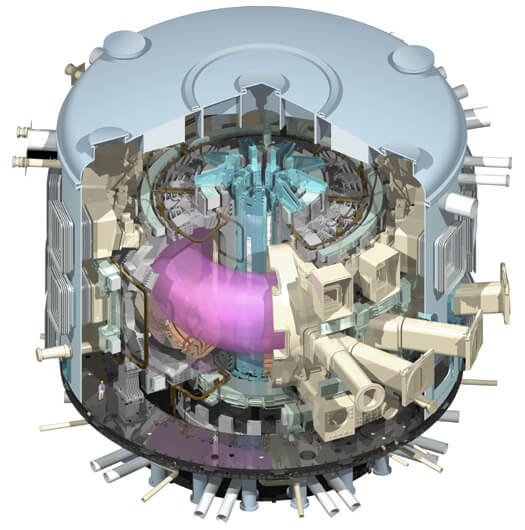
Credit: ITER
The International Linear Collider is completed
This project is the culmination of more than 20 years of concerted international effort, with funding and research from nations in Europe, Asia and the Americas. Over 300 universities and laboratories have taken part. It originated as a series of three separate collider proposals - the Next Linear Collider (NLC), the Global Linear Collider (GLC) and the Teraelectronvolt Energy Superconducting Linear Accelerator (TESLA), all of which were combined into the International Linear Collider (ILC).*
Located in Europe, the ILC is the successor to the Large Hadron Collider (LHC), building upon the work already done by that machine. Although its collisions are less powerful, it offers far more precise measurements. It also gives off less electromagnetic radiation.
The ILC consists of two opposite-facing linear accelerators, together stretching 31 kilometers (19.3 miles), that hurl particles and anti-particles towards each other at close to the speed of light.* Along with the linear accelerators, the facility contains two dampening rings, with a circumference of 6.7 kilometers (4.2 miles). Current energy levels of the collisions are 500 billion-electron-volts (GeV), but will soon be upgraded to a trillion-electron-volts (TeV).
The extreme precision and exact recordings offered by the ILC help to reveal some of the deepest mysteries of the universe. Some of the experiments are concerned with extra-dimensional physics and supersymmetric particles, while others provide research into dark matter.*
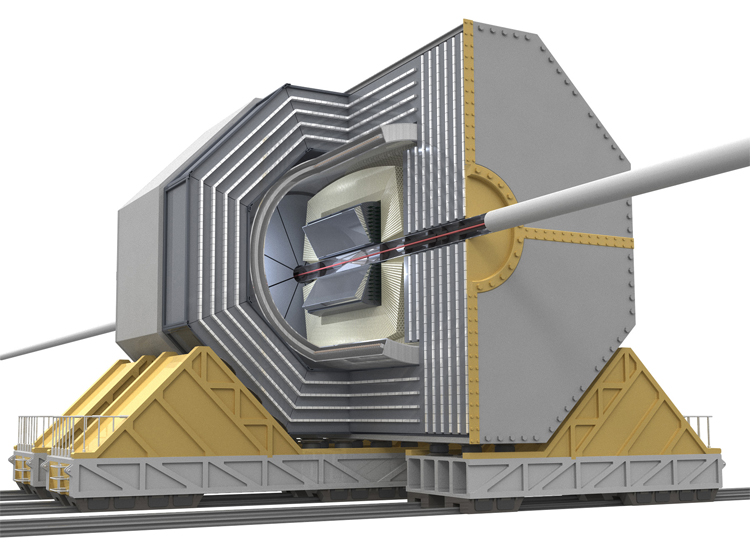
The ExoMars rover touches down on Mars
ExoMars is a joint mission between NASA and ESA which is divided into two parts. The first phase of the mission is launched in 2016, arriving in 2017. This consists of an orbiter - ExoMars Trace Gas Orbiter - which maps the sources of methane and other gases on Mars, to determine the best location for a rover to investigate. It also contains a static demonstration module that is used to prove the landing site is viable.
The second phase is launched in 2018, arriving in 2019 with the ExoMars rover built by ESA. This lands on Mars using a new system known as a "sky crane", in which four rockets slow the descent once the main parachute has been deployed.
The rover's primary objective is to determine any signs of microbial life on Mars, past or present. It is equipped with a drill that bores down two meters below the surface to retrieve samples. These are transferred to a miniature laboratory inside the rover. This contains a sensor for biological molecules, infrared and X-ray spectroscopes that catalog the mineralogical makeup of the sample, together with imaging devices.
Located in the drill structure is another infrared spectrometer which studies the inside surface of the bore hole. ExoMars uses ground-penetrating radar to search for ideal locations at which to drill. The mission is almost entirely automated, as the rover uses imaging cameras to create a 3D map of the terrain in order to avoid obstacles. It has a lifespan of six months, travelling approximately 100 metres each day and testing dozens of different samples.
Alongside the ESA rover, NASA had originally planned to include its own - the Mars Astrobiology Explorer-Catcher (MAX-C). However, this was cancelled in 2011 due to budget cuts. The remaining program lays the foundation for the first Mars sample return mission, to be carried out in the 2020s.*
Acute spinal injuries are fully treatable
Experiments with mice in the previous decade showed that it was possible to restore function to the spinal cord, using stem cells.* After nine years of clinical trials, the process can now be replicated in humans.*
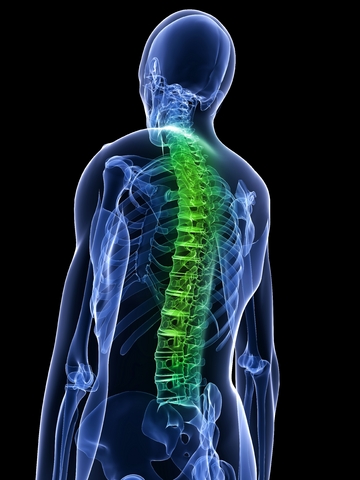
© Sebastian Kaulitzki | Dreamstime.com
Computers break the exaflop barrier
An exaflop is 1,000,000,000,000,000,000 (a million trillion, or a quintillion) calculations per second. The world's top supercomputers are now achieving this speed. This represents a thousandfold improvement over machines of a decade earlier.*
This exponential growth will continue, so that by 2029, computers will surpass the zettaflop barrier - a thousand times faster than an exaflop computer of 2019, and a million times faster than a petaflop computer of 2009. One of the many resulting applications will be the accurate simulation of an entire human brain and its neurons in real time.
Personal computers in 2019 are becoming ever smaller, lighter and more compact - with laptops, netbooks and other mobile devices far outnumbering desktops.* Physical hard drives are becoming almost redundant, with most storage now done online using "virtual drives" housed in remote servers, aided by the tremendous growth in broadband speeds and 5G wireless communications.
Web applications have reached startling levels of power and sophistication, especially where search engines are concerned. These not only find keywords in a search, but also interpret the context of the request - and most use voice recognition software. Users can ask their computer a highly specific question (such as "I'd like to see a comedy at the cinema after 9pm, then have an Italian meal for less than $20") and receive detailed answers and recommendations, often customised to their exact personal tastes and interests.
This emerging form of AI - which effectively acts like a personal assistant - means the web now offers a far more productive and intuitive experience.*
Bionic eyes with high resolution are commercially available
Following trials, bionic eyes are becoming available for persons with degenerative vision loss. These devices use miniature cameras mounted on a pair of glasses. The cameras beam visual information into an electrode array which is connected to neurons in the retina. Electrical impulses are then transmitted through the optic nerve to the vision centres of the brain.
The first prototype of this technology was somewhat crude and pixelated, with only 100 dots of resolution. However, these new versions provide over 1000 dots, allowing the patient to recognise faces and read large print.*
Bionic eyes continue to gain in sophistication over subsequent decades, making exponential progress in resolution and visual quality. Fully artificial eyes eventually become available that can actually provide better vision than normal eyes. This leads even healthy people to "upgrade" their sight.
Connected vehicle technology is being deployed in a number of countries
Many of the world's cars are already linked to the Internet in some way.* By 2019, another layer of technology is being added in the form of wireless connections between vehicles.* Using a combination of Wi-Fi and GPS signals, they are now able to alert drivers to potential hazards or obstructions. For example, if a car two vehicles ahead of the driver brakes, but the car immediately in front does not, this technology warns him/her with a loud beep and flashing red lights on the windshield to hit the brakes.
By communicating with each other and the roadway infrastructure, cars now have greatly improved safety, while traffic congestion and carbon emissions are reduced. In fact, the technology is so effective that in some countries, accident fatalities are cut by 80%.* It soon becomes mandatory, due to the obvious economic and safety benefits.

Automated freight transport
Autonomous rapid transit has already been in place at certain airports, and on the metro systems of cities. By 2019, it has begun spreading to public roads, with significant numbers of driverless trucks appearing.* These are capable of travelling hundreds of miles on their own, negotiating traffic and obstacles using advanced GPS technologies.
They have a number of advantages over human drivers - such as being able to operate for 24 hours a day without getting tired, never being absent, and not requiring a salary or training. The trucks can also detect mechanical or software faults. These automated vehicles will eventually include cars, taxis and other types of road vehicles, becoming widespread by the 2030s.

© Scanrail | Dreamstime.com
Lunar-resonant streetlights are appearing in many cities
In response to the looming energy crisis, this new technology has begun to appear in many urban areas.* As well as saving energy, it also helps to address the issue of light pollution - which not only affects humans, but is a threat to many ecosystems, disrupting the natural circadian rhythm of plant and animal species.
Using a highly sensitive photo-sensor cell, LED light bulbs can be made to dim and brighten, depending on the relative brightness of the Moon and stars at night.* Systems using lunar resonance lamps can save up to 95% of the energy normally used in street lighting.
This offers a substantial reduction in energy usage and pollution, as street lighting uses a large portion of available electricity in developed countries and emits a significant fraction of CO2. In the US, for example, street lamps account for 38% of all electricity used for lighting and produce 300 million tonnes of carbon emissions annually.*
US copyright begins to expire, starting with all works from 1923
Up until 1998, US copyright law stood with all works published before 1923 in the public domain, all works between 1923 and 1977 holding a copyright for 75 years (assuming a renewal was made) and works published after 1977 holding a copyright dependent on the author's date of death.
However, the Copyright Term Extension Act of 1998 made several revisions to the law. While all works published prior to 1923 remained in the public domain, all works published between 1923 and 1977 had their copyrights extended to 95 years after their creation. According to this law, the copyright of the first year of materials, 1923, will expire in 2019, assuming they did not have their copyright renewed. In 2020, all works from 1924 will enter the public domain, and so on.**
Examples of works now entering the public domain this year include the Pulitzer Prize-winning collection of poems,New Hampshire, by Robert Frost; the Noël Coward play, The Young Idea; and the film, The Ten Commandments, directed by Cecil B. DeMille.

Jordan opens its first nuclear power plant
Earlier this decade, Jordan needed to import around 98% of its energy requirements. This was costing the country - a desert nation of six million people - almost one-fifth of its GDP. Faced with such a burden, the government began pushing for greater energy independence. At the same time that Russian companies began searching for oil and natural gas deposits in Jordan, the Jordanian government made a series of deals regarding nuclear power.* In 2013, mining operations began which aimed to exploit Jordan's previously untapped uranium deposits, estimated to be around 67,000 tonnes. By 2015, a five-megawatt research reactor was switched on at the Jordan University for Science and Technology. This led to the first commercial reactor in the kingdom's history being completed in 2019.*
The multi-billion dollar project is built in the city of Majdal, in northern Al Mafraq province, due to its favourable seismic location. Once operations begin, the plant helps the Jordan Nuclear Regulatory Commission (JNRC) to reach its 2020 goal of 6% reliance on nuclear power.
One of the most pressing issues it is hoped the plant will address is the country's water supply, which is precarious: a shortfall of nearly a third for drinking water and 50% for irrigation needs. Desalination had been looked at to cover the deficit. However, this method requires huge amounts of power: an estimated 900 MW for 800 million cubic feet of water. The annual output of the Majdal plant is 1 GW, but Jordan as a whole will require upwards of 8 GW of new power production by 2030. Despite this gap, it is hoped that the country will become a net energy exporter by then - with nuclear energy providing 30% of the kingdom's power.*
During its construction, there is serious opposition to the project. Concerns are raised over safety standards and the lack of feasibility studies. The fact that Jordan lies in a seismically active region leads to fears of a possible meltdown similar to the Japanese Fukushima disaster of 2011.*
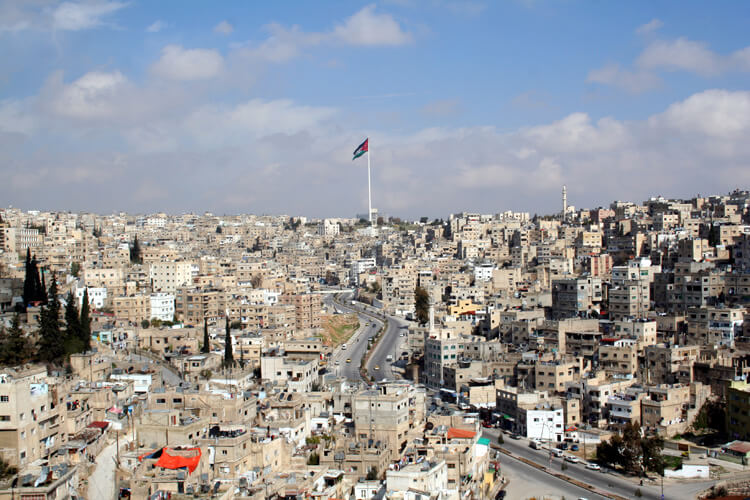
The Aral Sea disappears from the map
As recently as the 1970s, the Aral Sea was the world's fourth largest lake, with an area of 68,000 km2.
However, Soviet irrigation projects diverted the Amu Darya and Syr Darya rivers which fed into it. By 2004, the sea had shrunk to 25% of its original surface area, and a nearly fivefold increase in salinity had killed most of its natural flora and fauna. By 2007, it had declined to 10% of its original size, splitting into three separate lakes, two of which were too salty to support fish. The once prosperous fishing industry had been virtually destroyed, and former fishing towns along the original shores became ship graveyards.
The Aral Sea was also heavily polluted, largely as a result of weapons testing, industrial projects, pesticides and fertilizer runoff. Wind-blown salt from the dried seabed damaged crops and polluted drinking water, while salt- and dust-laden air causd major public health problems in the Aral Sea region. The retreat of the sea also caused localised climate change, with summers becoming hotter and drier, and winters colder and longer.
Although a dam project in 2005 saved what little remained of the northern part of the sea (the Small Aral), the much larger southern part of the sea (the Large Aral) continued to shrink, and by 2019 had evaporated entirely.*
Credit: NASA
Oil demand is outpacing supply by a significant margin*
Global crude oil reserves - having reached a plateau in 2005 - are now in serious decline, causing havoc on the financial markets. Food and energy prices have soared, creating the biggest financial crisis the world has ever seen. With most of the remaining oil located in the Middle East, further conflict looms in this troubled region.
